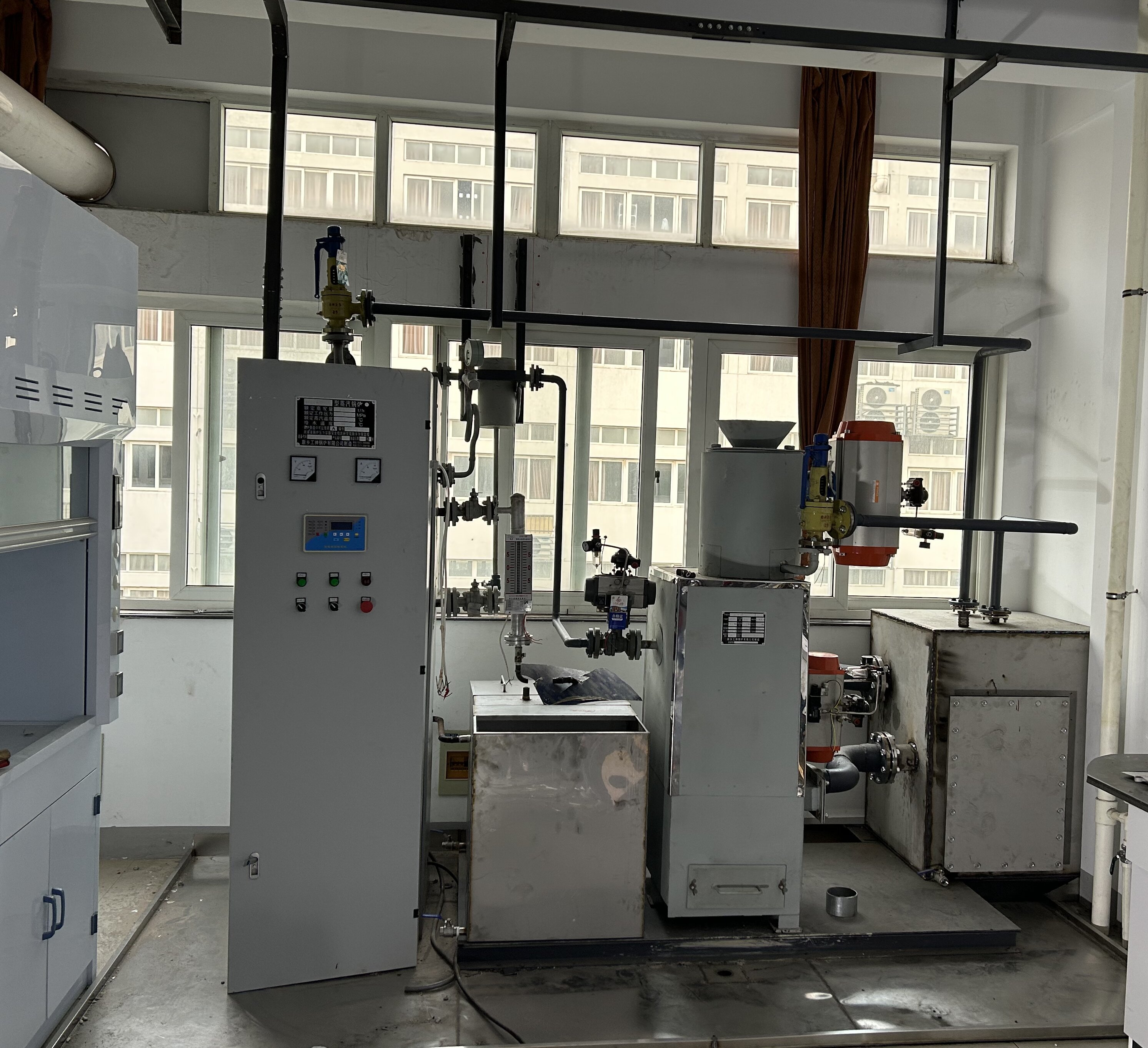

Power plant boilers are crucial thermal equipment in thermal power plants. Their primary function is to supply steam to steam turbine generator units to drive generators for power generation. Here is a brief introduction to power plant boilers:
I. Characteristics and Applications
Power plant boilers typically have large capacities, with main units reaching 600MW, and advanced models such as ultra-supercritical boilers having capacities as high as 1000MW. They convert the chemical energy in fuel into the thermal energy of steam, which is then converted into electrical energy. Due to their high efficiency and large-scale production characteristics, power plant boilers have a significant impact on national economic development.
II. Working Principle
Power plant boilers mainly consist of a water-steam system and a combustion system. In the water-steam system, water is heated and converted into superheated steam with a certain pressure and temperature, which is then sent to the steam turbine. In the combustion system, fuel burns in the furnace, releasing heat energy to heat the water in the boiler.
III. Types and Structure
Power plant boilers come in various types and structures, such as pulverized coal boilers and circulating fluidized bed boilers. Their main structures also vary depending on factors such as fuel characteristics, boiler capacity, and steam parameters.
In summary, power plant boilers are core equipment in thermal power plants, and their performance directly affects the efficiency and cost of power generation.
Keywords:
Power Plant Boiler


Power Plant Boiler
Contact Us
Product Classification
Related Products
Complete Set of Equipment for Gas Explosion
Circulating Fluidized Bed Boiler





